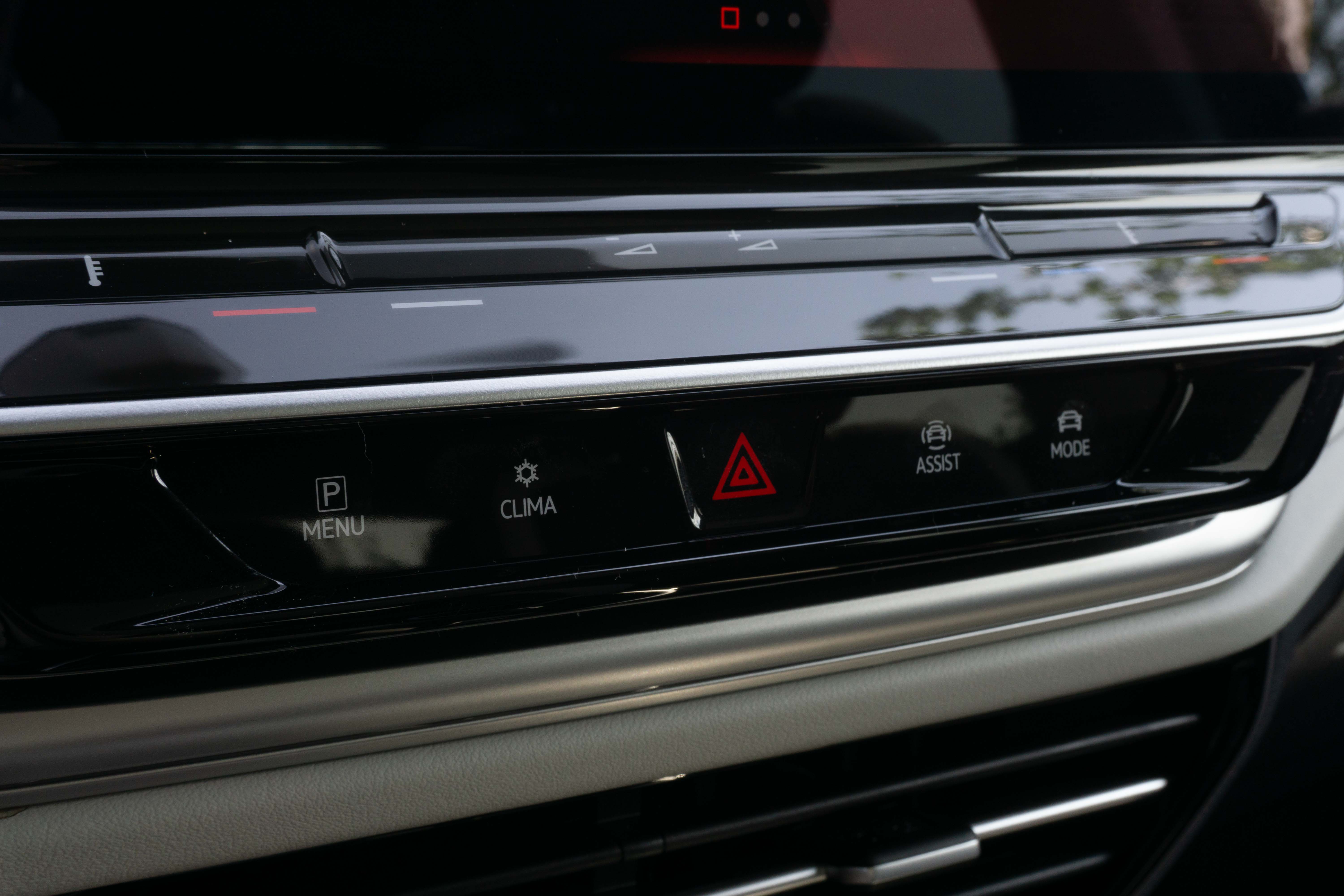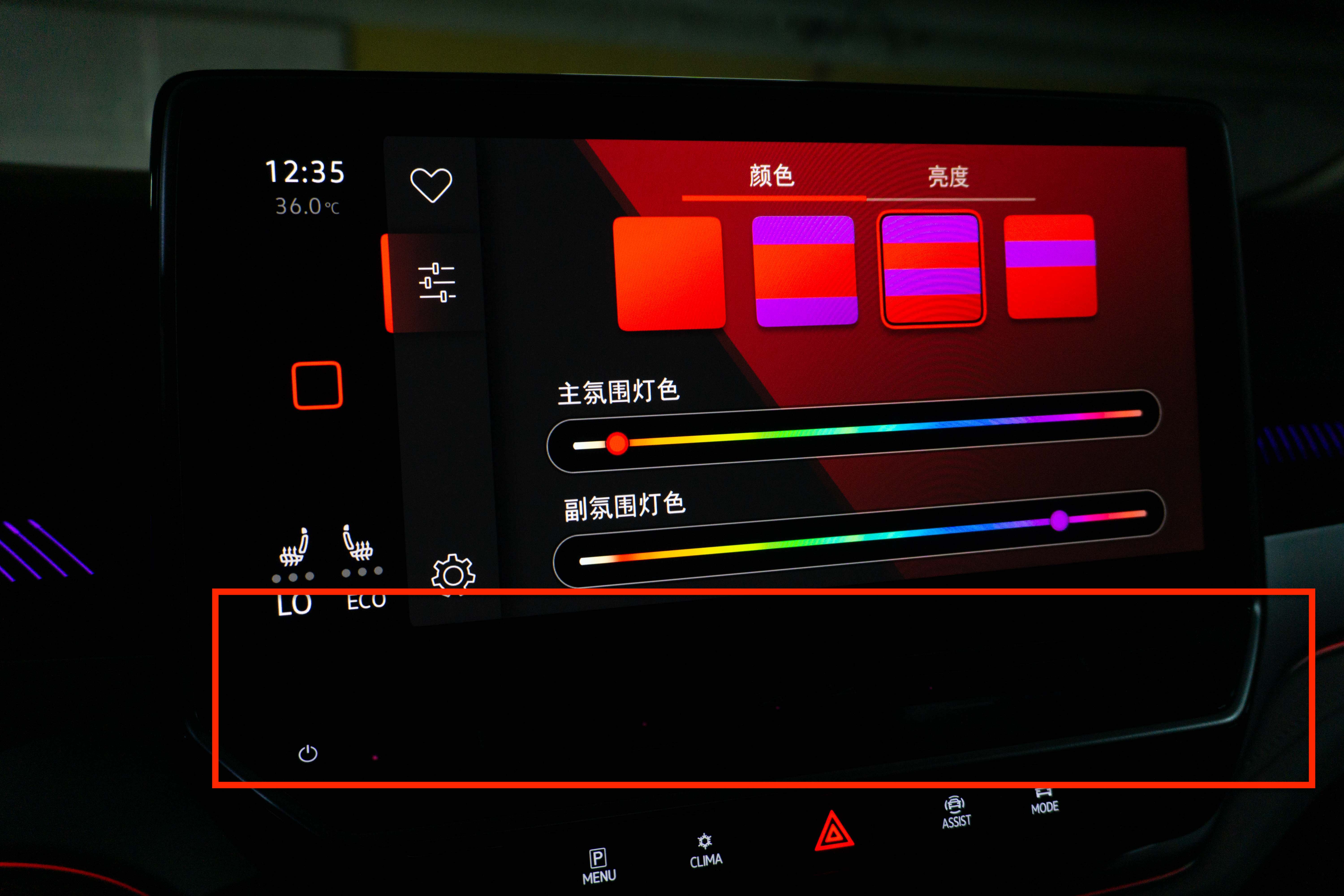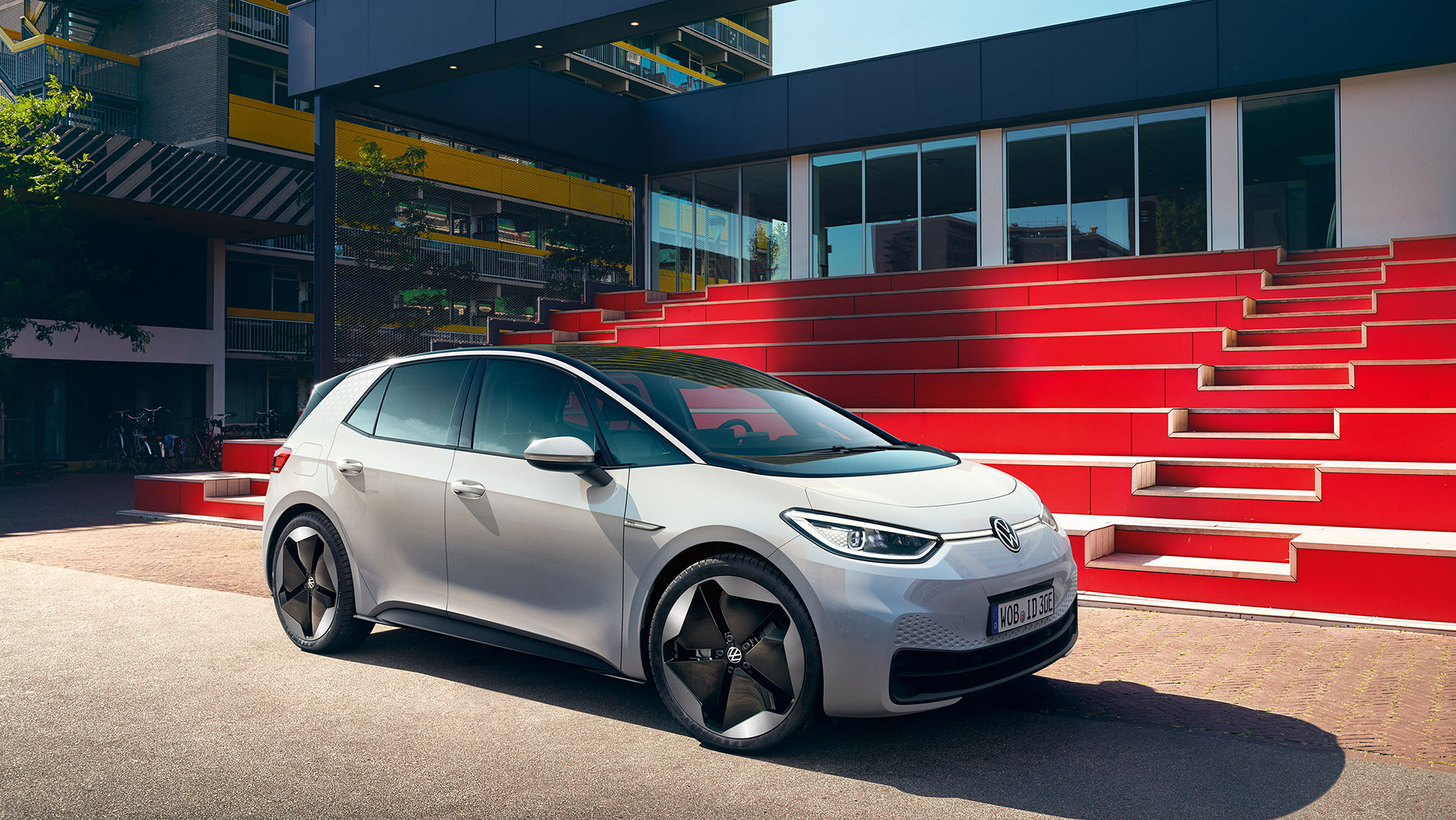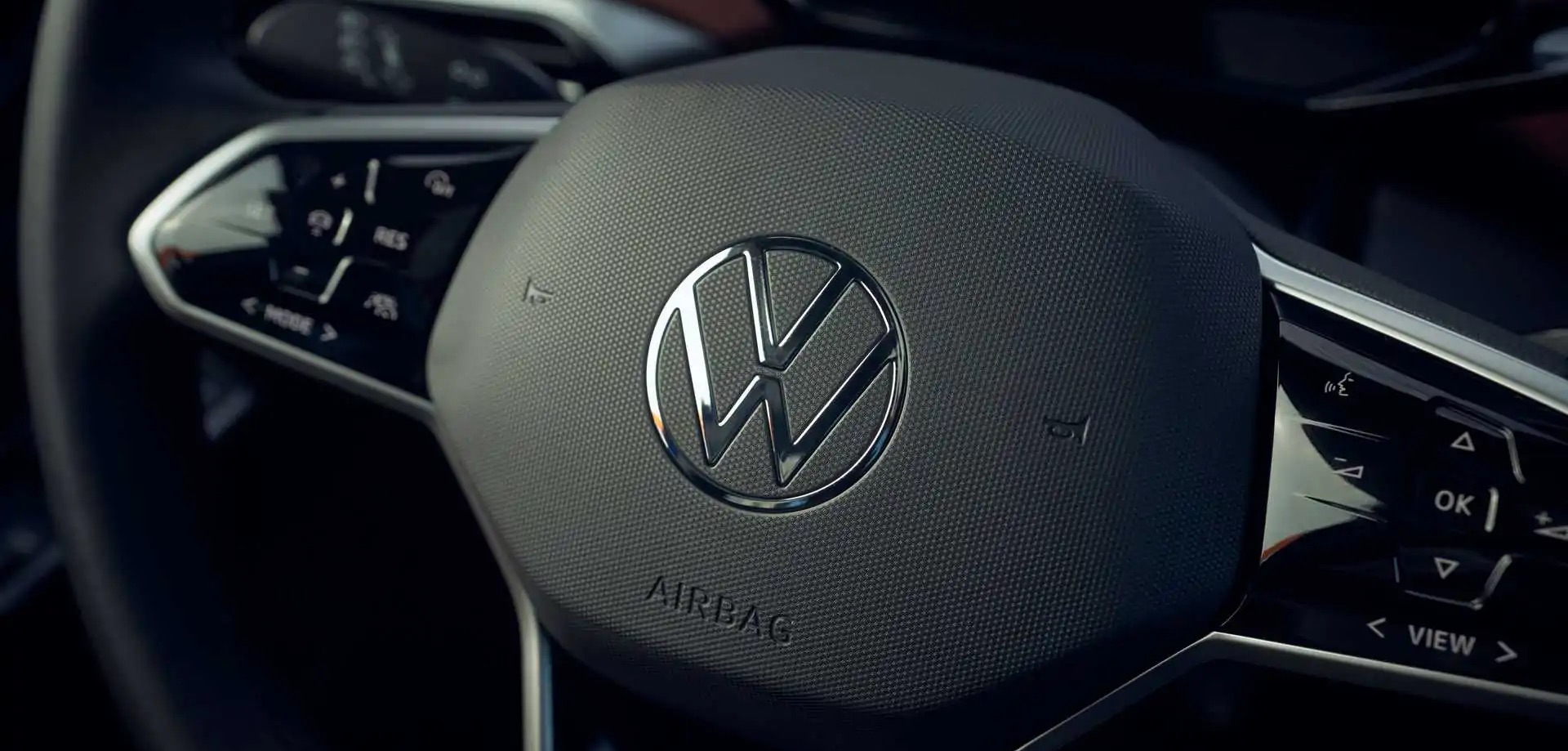Recently, Thomas Schäfer, CEO of Volkswagen, stated, “Volkswagen has introduced a touch-controlled multifunctional steering wheel since 2019, but this feature has received a lot of opposition and criticism from car owners. Therefore, we are improving our current products and designs to ensure that vehicles maintain a simple operation characteristic in terms of operation.” At the same time, Thomas Schäfer said that the company will reintroduce a steering wheel style with physical buttons.
Currently, Volkswagen’s touch steering wheel supports sliding and haptic feedback, similar to the home button on the iPhone 7, which cannot be pressed down, but provides linear motor feedback for pressing.
The biggest problem with Volkswagen’s steering wheel is that during continuous operation, some commands are ignored by the system to prevent accidental touches, greatly reducing the efficiency and experience of adjustment.
In addition to complaints about the touch buttons on the steering wheel, the touch button panel below the center console screen of Volkswagen’s MEB and MQB EVO platform products has also been criticized by users.
 The common pain points of users are that it is easy to misoperation when adjusting the air conditioning and volume, coupled with the lack of backlight settings, especially it is extremely difficult to use at night. However, Volkswagen has not expressed an immediate plan to make changes on this issue.
The common pain points of users are that it is easy to misoperation when adjusting the air conditioning and volume, coupled with the lack of backlight settings, especially it is extremely difficult to use at night. However, Volkswagen has not expressed an immediate plan to make changes on this issue.

However, from the recently exposed new generation Passat, the mid-term facelift of the eighth-generation Golf, and ID.7, we have seen the new style of the central control screen design. For those interested, you can check it out here: “Volkswagen Pure Electric ‘Passat’ May Be Named ID.7, and Will Provide Sedan and Wagon Versions at the Same Time”. I don’t know if these issues can be improved after the official release.
Volkswagen CEO Thomas Schäfer also revealed the mid-term facelift time of the ID.3 when discussing the steering wheel’s modification. The original planned mid-term facelift time for ID.3 was 2024, but now, the modification time has been moved forward to 2023. Thomas Schäfer also stated that the new ID.3 will significantly improve in quality, materials, and system stability, and it will be a product that can fulfill Volkswagen’s brand promises.

With the development of technology, more and more manufacturers choose to show off their technology in their new products, to demonstrate how advanced their products are to users. Over time, some manufacturers forget the tool attributes of vehicles in their designs. Although Volkswagen currently has some deviations in design practicality, it is worthy of recognition that Volkswagen is also listening to the voice of its users and actively improving.## Volkswagen ID. Buzz Production Resumes In Hanover After Battery Fix
Volkswagen has resumed production of the ID. Buzz electric van at its Hanover factory in Germany, following a seven-month delay due to battery problems. The electric van’s production was halted in March, after workers encountered issues with its battery packs. Volkswagen has said that a software update will fix the problem, and that battery replacements are not required.
The ID. Buzz will be built alongside the combustion-engined Multivan, and the two models will share a platform. The electric van will come with two battery sizes, offering a range of up to 341 miles (550 kilometers) on a single charge.
Production of the ID. Buzz is ramping up as Volkswagen works to expand its electric vehicle offerings. The company has set a target to sell 1 million electric vehicles globally by 2025, and the ID. Buzz is expected to play a significant role in achieving this goal. It has proved popular with consumers, and reservations have already surpassed the initial production volume.
This article is a translation by ChatGPT of a Chinese report from 42HOW. If you have any questions about it, please email bd@42how.com.
